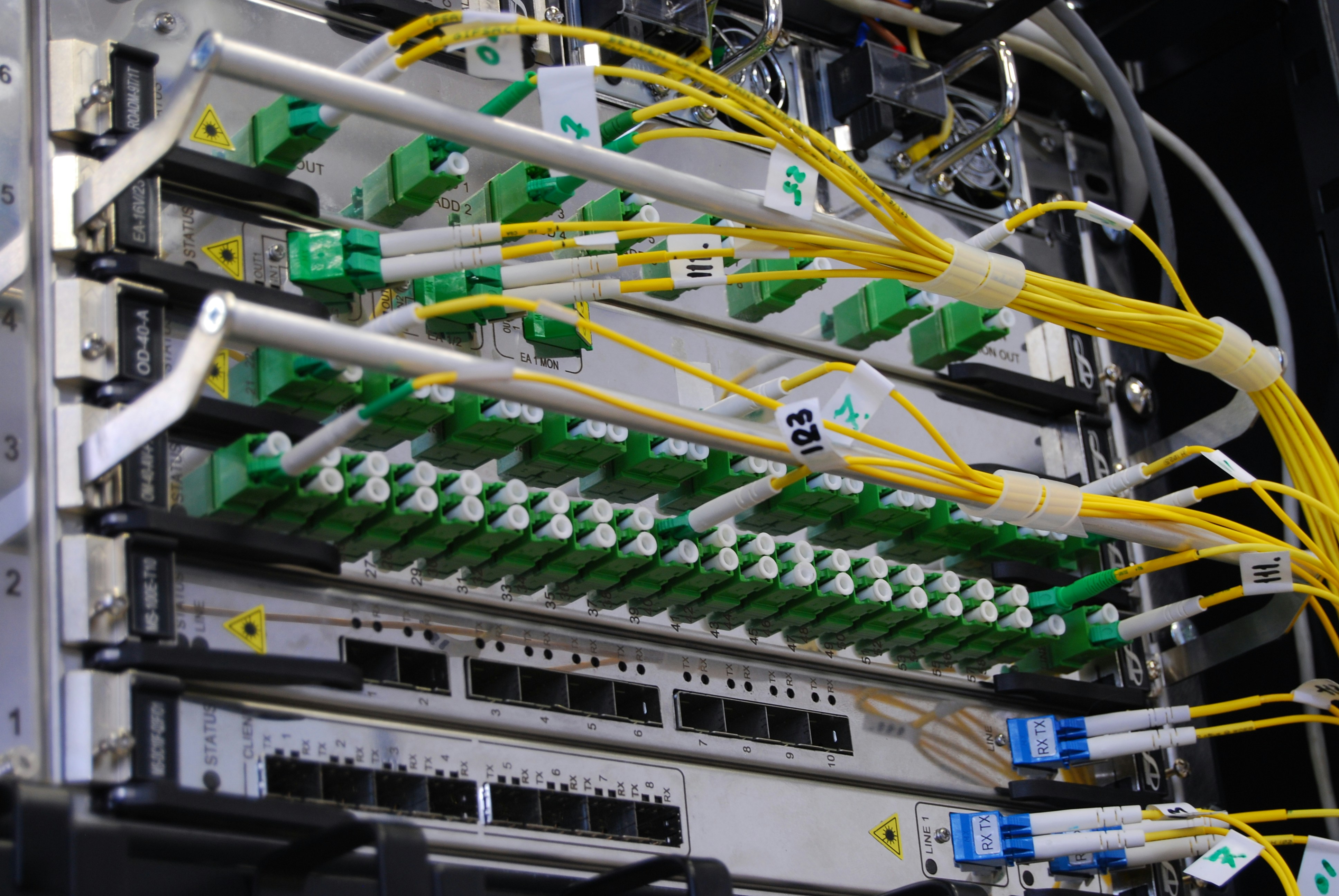Bridging the Digital Divide

For Cochrane to thrive in the years ahead, we need more than physical infrastructure like roads and buildings. We also need digital infrastructure that is affordable, reliable, and built with the needs of residents, families, and businesses in mind.
At the moment, Canada is one of the most expensive places in the world for telecom services. Large carriers dominate the market, and with little incentive to compete, they continue to charge high prices while providing uneven service. Cochrane is no exception. Some neighbourhoods enjoy modern fibre connections, while others are still stuck with outdated copper DSL. This patchwork holds back education, innovation, and economic growth.
A community-owned alternative
The solution is for Cochrane to take control of its digital future by building a municipal fibre network. Unlike past attempts in other places that created new monopolies, this would be managed by a non-profit Community Access Network.
This model ensures that ownership remains in the hands of the community. Instead of depending on a handful of large telecom companies, Cochrane residents would have a flexible system where all providers, both big and small, can compete on equal terms. The result would be more choice, lower costs, and better service.
How the model works
The Community Access Network would be designed to keep prices fair and access open:
Shared infrastructure: Fibre lines would connect to a central exchange facility in Cochrane. Service providers would install their equipment there and compete with one another on price and quality, rather than building duplicate networks.
Fair contributions: Providers using the system would contribute 20 percent of their service revenue to cover construction and maintenance. This spreads costs evenly and avoids putting the financial burden on taxpayers.
Lower prices over time: Once the network is paid off, access costs can be reduced. That savings would be passed on directly to residents through lower monthly bills.
Preventing waste: Any company that wants to lay down new lines would need to show why they cannot use the existing network. This keeps development efficient and avoids unnecessary duplication.
Putting residents first
The rollout would begin by connecting schools, libraries, and public facilities, making sure that students and essential services benefit first. From there, the network would extend across the community. Strong links to Calgary’s datacenters and internet exchange points would attract more providers to use the network, increasing competition and driving down prices further.
Independence from corporate carriers
Large telecom companies have no real incentive to lower prices or expand service where it is not profitable. By taking ownership of the infrastructure, Cochrane would no longer be at the mercy of corporate decisions. Instead, the system would be accountable to residents, ensuring that digital services keep pace with community needs rather than shareholder interests.
A practical step toward affordability and growth
The Community Access Network is about more than technology. It is about fairness, flexibility, and affordability. It is about making sure families can access high-quality internet without being overcharged, and that local businesses can compete in a connected world without being held back by poor service.
By building a non-profit, community-owned fibre network, Cochrane can bridge the digital divide, end the patchwork of outdated service, and ensure that digital infrastructure serves the public good. It is a long-term investment in education, business, and quality of life that puts residents first and reduces our dependence on corporate carriers.
